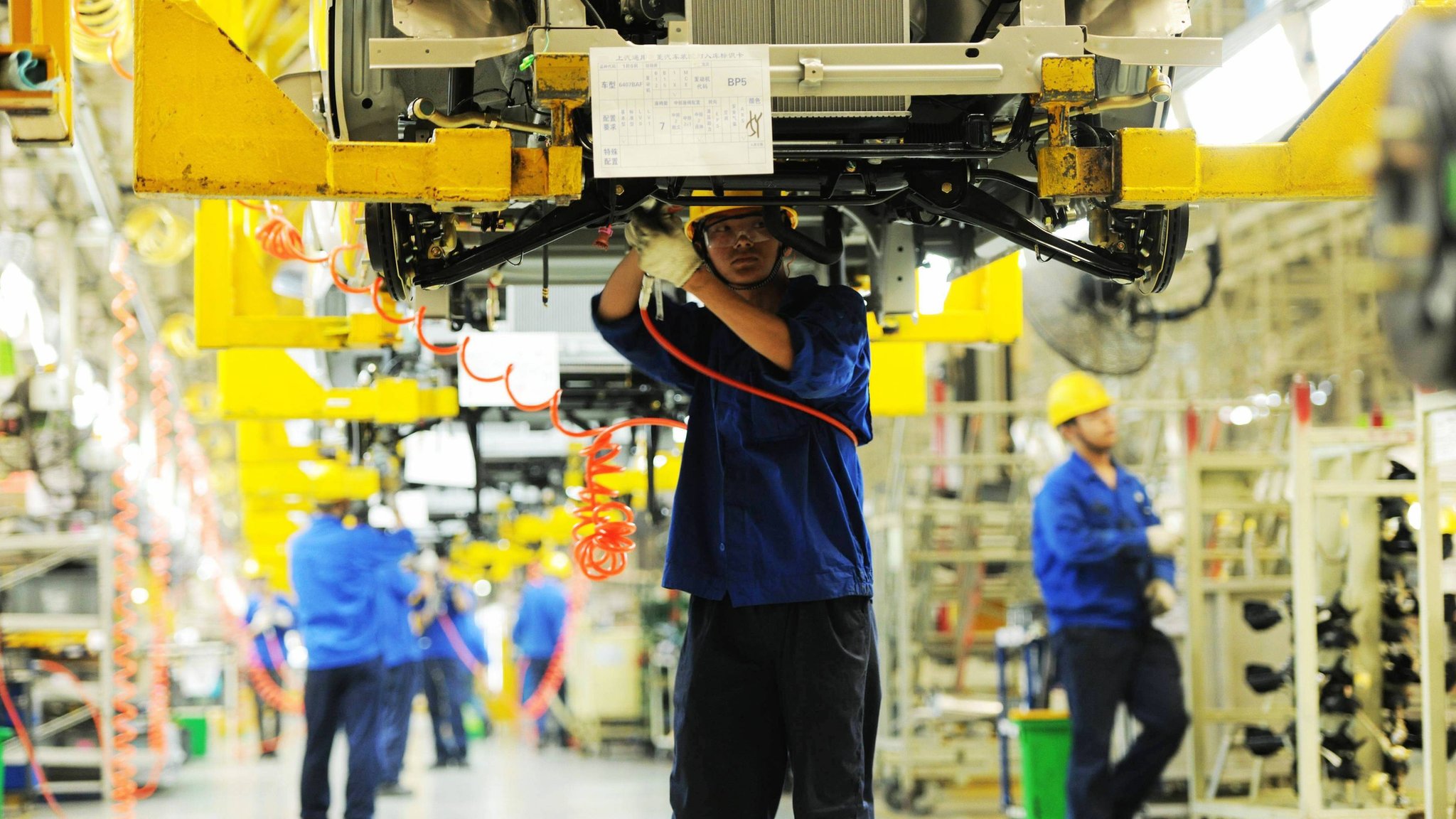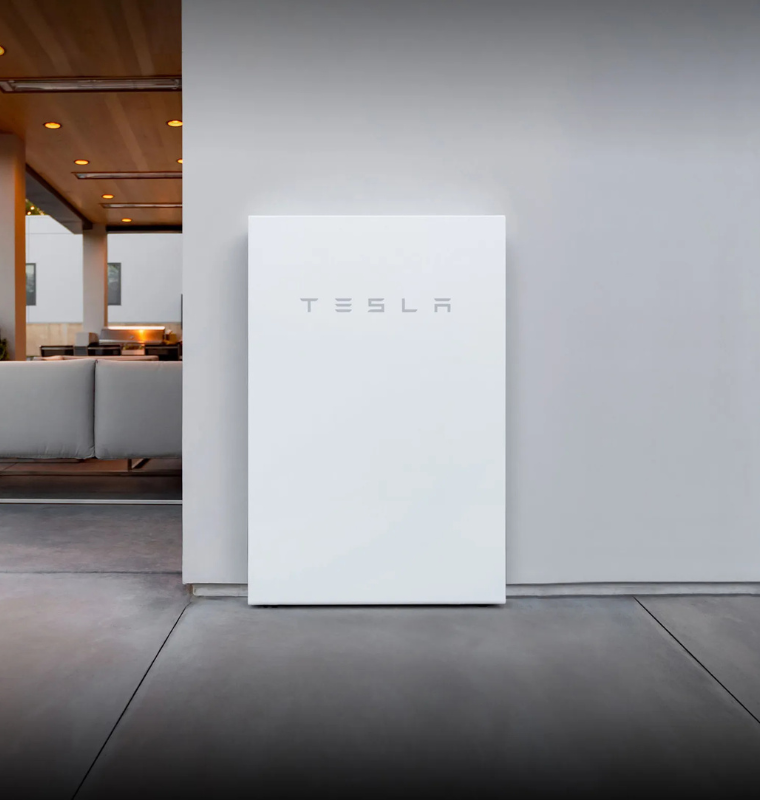China’s Manufacturing Shows Signs of Recovery in September Despite Official Contraction
China’s Manufacturing Shows Signs of Recovery in September Despite Official Contraction
By
Calder Monroe
Last updated:
September 30, 2025
First Published:
September 30, 2025

Photo: BBC
China’s manufacturing sector showed a modest rebound in September, according to official data, even as the overall Purchasing Managers’ Index (PMI) remained below the 50-point threshold signaling contraction. The National Bureau of Statistics reported the official manufacturing PMI at 49.8, slightly above expectations of 49.6, marking the strongest reading since March.
Production and new orders gain momentum
The sub-index for production rose to 51.9, reaching a six-month high, while new orders ticked up to 49.7, indicating an uptick in manufacturing activity. Inventories also showed slower declines, with the inventory index moving to 48.5.
Lihui Huo, chief statistician at the National Bureau of Statistics, attributed the gains to equipment, high-tech, and consumer goods manufacturing, where both output and new orders showed notable improvement.
Private surveys paint a stronger picture
Private surveyor RatingDog reported a manufacturing PMI of 51.2 for September, surpassing economists’ forecast of 50.2 and marking the highest reading since May. RatingDog highlighted rising new orders, including export demand, as the key driver of growth in production.
Differences between official and private surveys reflect their methodology. RatingDog surveys 650 export-focused manufacturers in the latter half of each month, whereas the official PMI samples over 3,000 companies at month-end, capturing a broader picture of the domestic economy.
Broader economic context
Recent economic data point to a slowdown in China’s domestic demand. Retail sales growth has weakened for three consecutive months, and the consumer price index has slipped back into negative territory, signaling persistent challenges for consumer spending.
Industrial profits, however, jumped in August on a year-over-year basis, as Beijing’s efforts to reduce excess supply and limit aggressive price competition helped ease deflationary pressures. Analysts view this as a sign that policy measures are beginning to stabilize industrial activity.
Policy outlook and growth targets
China’s Politburo is expected to provide further guidance on economic policy during its October meeting, offering indications on how the government will address the third-quarter slowdown. Economists suggest that as long as full-year GDP growth reaches the 5% target, policymakers may tolerate a temporary deceleration.
China’s economy expanded 5.3% in the first half of the year, keeping the country on track to meet its annual growth goals. Yet sustaining an average growth rate of 4.5% over the next decade will be challenging, given current per capita GDP levels comparable to Japan in the late 1970s, according to Macquarie economist Larry Hu.
Services sector shows mixed signals
The official non-manufacturing PMI, which includes services and construction, edged down slightly to 52.9 from 53, while the RatingDog general services PMI eased to 50 from 50.3. The mixed signals suggest that while production is picking up, broader economic activity remains fragile amid global trade uncertainties and domestic consumption challenges.
Overall, China’s manufacturing sector is showing cautious signs of recovery, with improvements in production and new orders providing hope that industrial activity may stabilize. Investors and policymakers will be closely watching the coming months for confirmation that growth can sustain its momentum into the fourth quarter.
Popular articles
Subscribe to unlock premium content
The Rise of Silent Walking Tours in Historic Cities

The Rise of Ultra-Niche Cooking Classes Focused on Historical or Regional Recipes

The Rise of One-Person Dining Experiences for Ultra-Introverts in Major Cities

The Rise of Silent Walking Tours in Historic Cities

The Rise of Ultra-Niche Cooking Classes Focused on Historical or Regional Recipes

The Rise of Silent Walking Tours in Historic Cities









